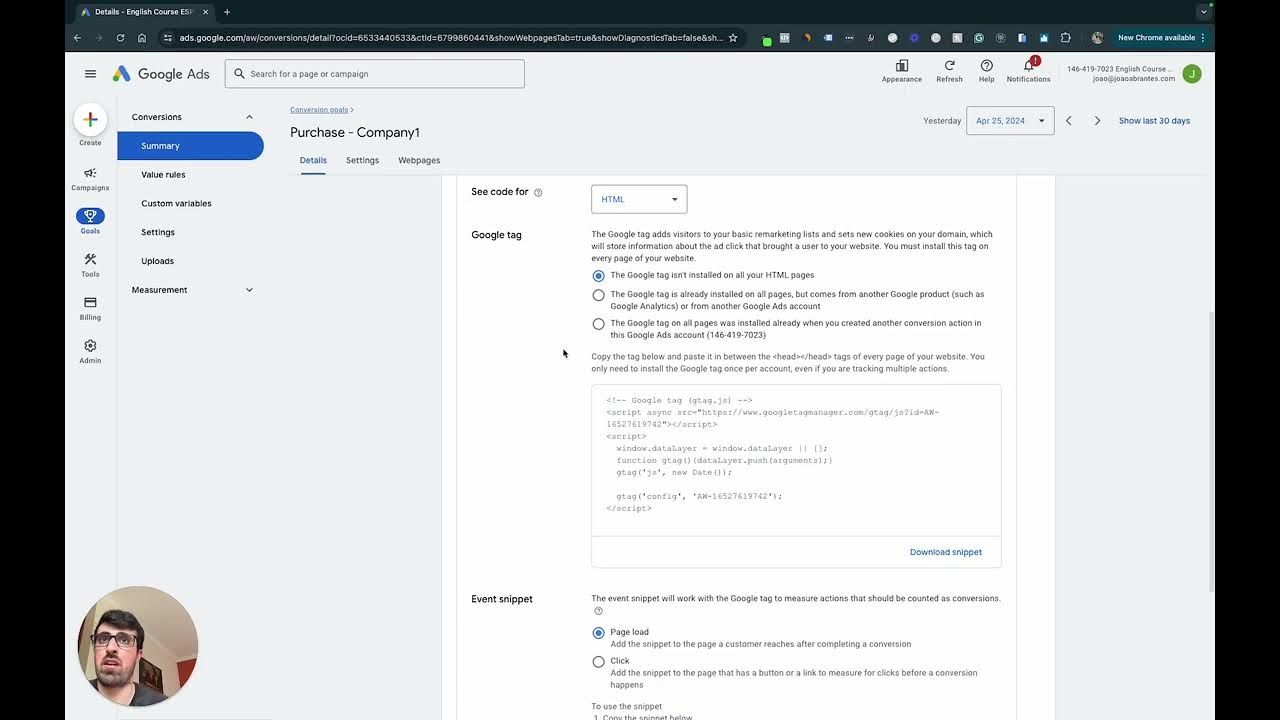How to use a piggyback strategy to get more users [Founders launching #SaaS tip 298]
Summary
TLDRThe transcript outlines a three-step 'piggyback strategy' for growing a platform by leveraging another's audience without competition. First, identify non-competitive platforms serving your target audience. Second, craft an offer that benefits both the platform owner and their users, providing upfront value without commitment. Lastly, address and overcome potential objections to increase the likelihood of successful promotion. This strategy can attract new users to your platform without traditional marketing costs.
Takeaways
- 🔍 Identify potential partners who serve a similar audience but do not offer the same services as your platform.
- 🎯 Create a no-brainer offer that provides multiple benefits to both the platform owner and their audience.
- 🤝 Ensure the offer is attractive to the platform owner to increase the chances of them promoting your deal to their audience.
- 💡 Offer initial value to the users without any commitment to make the offer irresistible and a no-brainer for them.
- 🛡 Reverse the risk by identifying and overcoming the reasons why a platform owner might be hesitant to promote your offer.
- 📈 Understand that success with the piggyback strategy is a numbers game and not every potential partner will accept your offer.
- 🚀 Prepare to invest effort in reaching out to potential partners rather than relying solely on marketing spend.
- 🤔 Consider the audience of the platform you want to piggyback on and ensure your offer aligns with their needs and interests.
- 📝 Develop a clear and compelling offer that communicates the value to both the platform owner and their users.
- 🔑 Focus on creating a mutually beneficial arrangement where both parties see the advantage of the partnership.
- ⏳ Be patient and persistent, as building partnerships and growing your platform through piggybacking takes time and effort.
Q & A
What is the piggyback strategy mentioned in the transcript?
-The piggyback strategy refers to leveraging someone else's audience to grow your platform by partnering with individuals or businesses that serve a similar audience but do not compete with you.
Why is it important to identify businesses that serve a similar audience but don't compete with you?
-Identifying such businesses is crucial because they already have a customer base that might be interested in your platform or service, without directly competing for the same market share.
What should be the first step in implementing the piggyback strategy?
-The first step is to identify potential partners who are already serving your target customer and are not in competition with you.
What is a 'no-brainer offer' in the context of the piggyback strategy?
-A 'no-brainer offer' is an attractive proposal that provides multiple benefits, making it easy for the platform owner and their audience to accept and promote your offer.
Why is it suggested to create an offer that benefits both the platform owner and their audience?
-Creating an offer that benefits both parties increases the likelihood that the platform owner will agree to promote your offer to their audience, as it adds value to their platform and their users.
What should be the initial approach when offering your platform to the audience of a partnered platform?
-The initial approach should be to offer some value upfront without any commitment from their side, making it a no-brainer for the audience to try your platform.
What is risk reversal in the context of the piggyback strategy?
-Risk reversal involves identifying and overcoming the reasons why a platform owner might be hesitant to promote your offer to their audience, thus increasing the chances of a successful partnership.
How does the piggyback strategy help in acquiring new users without spending on marketing?
-By leveraging the existing audience of a partnered platform, you can acquire new users through their promotion, without the need for additional marketing expenses.
What is the expected outcome when offering a no-brainer deal to potential partners?
-The expected outcome is that at least some of the potential partners will accept your offer and promote it to their audience, resulting in new users for your platform.
Why is it important not to expect every potential partner to accept your offer?
-It's important to manage expectations because not every potential partner will be interested or find your offer suitable for their audience, making it a numbers game where some acceptance is still beneficial.
How can the piggyback strategy be beneficial for both parties involved?
-The piggyback strategy can be beneficial for both parties as the partnering platform can offer additional value to their audience, while your platform gains exposure and new users.
Outlines

Esta sección está disponible solo para usuarios con suscripción. Por favor, mejora tu plan para acceder a esta parte.
Mejorar ahoraMindmap

Esta sección está disponible solo para usuarios con suscripción. Por favor, mejora tu plan para acceder a esta parte.
Mejorar ahoraKeywords

Esta sección está disponible solo para usuarios con suscripción. Por favor, mejora tu plan para acceder a esta parte.
Mejorar ahoraHighlights

Esta sección está disponible solo para usuarios con suscripción. Por favor, mejora tu plan para acceder a esta parte.
Mejorar ahoraTranscripts

Esta sección está disponible solo para usuarios con suscripción. Por favor, mejora tu plan para acceder a esta parte.
Mejorar ahoraVer Más Videos Relacionados

How To Create An Effective Social Media Calendar (FREE TEMPLATE)

I Found The Best Way to Make Money Online in 2024 (BRAND NEW)

3 Simple Steps To Become A LinkedIn Lead Machine

Week 7 Full Class

How To Grow From 0 To 1,000 Followers On Twitter/X (Get Twitter Followers FAST)

More Followers Won’t Make You Rich In 2025, But This Will
5.0 / 5 (0 votes)
